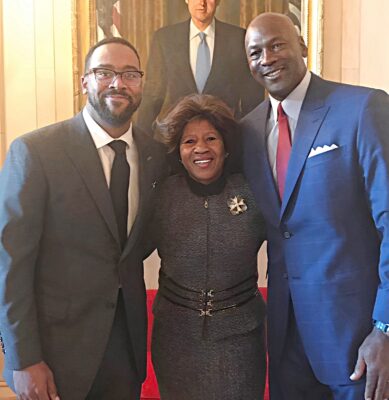Several statues depicting the pharaoh between two deities, called as Menkaure Triads, were part of the sensational discovery. These images were widespread in ancient Egypt and commemorated the pharaoh’s union with a significant regional divinity.

The three groups of Menkaure’s statues perfectly exemplify the traditional concept of court sculpture, which transforms the pharaoh’s human essence into a divine dimension.
The pharaoh’s figure, adorned with the white crown of Upper Egypt, clearly dominates the other two figures within a strict artistic and compositional framework, both in terms of scale and due to its prominent placement in relation to the viewer. He is dressed in a shendyt, carries two cylindrical objects in his hands and his skirt has short pleats.

The goddess Hathor is depicted on the right, clutching the shen, a representation of eternity, and donning a tripartite wig with her characteristic cow horns and solar disc as crowns. A minor local deity, representing a Nome or region of Upper Egypt, is located to the King’s left.
A brief inscription at the feet of the figures describes the statues: Hathor is “the Lady of the house of the sycamore in all her seats”, the sovereign is “the King of Upper and Lower Egypt, Menkaure eternally loved”, and both receive offerings “of all things” of the represented Nome.

The perfection of the cosmos and the gods, including the pharaoh, were reflected in beauty for the ancient Egyptians, who saw it as an immutable value.
The stunning depiction of the triads, which were each carved from a single block of stone, displays the skill of a skilled artist who was able to harmoniously model different aspects of each figure’s body, hinting at their forms beneath the clothes and softening their delicate volumes.

The four triads of Menkaure when discovered at Giza in 1908. Photograph by George Andrew Reisner. Harvard University-Boston Museum of Fine Arts Expedition.











